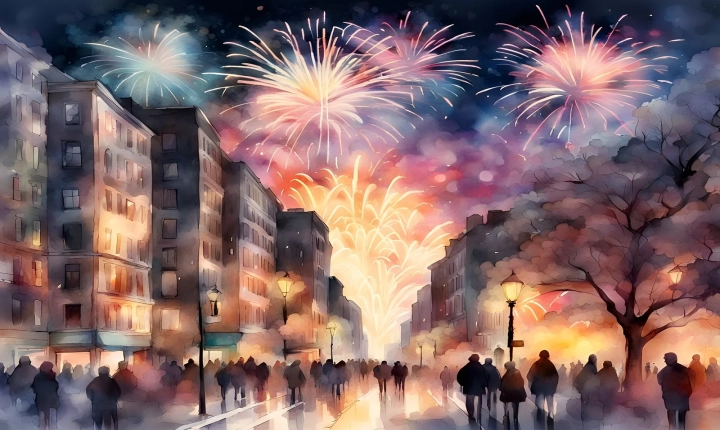The impact of artificial intelligence (AI) on the art world is undeniably significant and has the potential to revolutionize the way we create, experience, and understand art. From generating new forms of art to analyzing and predicting trends, AI is redefining the boundaries of artistic expression and opening up new possibilities that were previously unimaginable.
AI’s ability to create art, often referred to as “artificial creativity,” has sparked debates about the role of human artists in a world where machines can generate original artworks. While some may view AI-generated art as a threat to human creativity, others see it as an opportunity for collaboration and exploration of new artistic frontiers. Artists can now use AI as a tool to enhance their creative process, pushing the boundaries of their own creativity and producing new and innovative works.
One prominent example of this is the use of generative adversarial networks (GANs) in creating art. GANs pit two neural networks against each other, with one generating new images or artworks and the other discriminating between real and AI-generated works. This process has resulted in the creation of compelling and thought-provoking pieces of art that challenge our notions of what constitutes creativity and originality.
Moreover, AI is being used to analyze and predict artistic trends, helping artists and art institutions to understand the landscape of the art market and make informed decisions about their work. By analyzing large volumes of data, AI can identify patterns and trends in art, enabling a deeper understanding of what resonates with audiences and what drives artistic movements.
AI is also reshaping the way we experience and interact with art. From virtual reality (VR) exhibitions that allow viewers to immerse themselves in digital art environments to personalized art recommendation systems based on individual preferences, AI is enabling a more tailored and engaging art experience. This has the potential to democratize art, making it more accessible to a broader audience and fostering a greater appreciation for diverse forms of artistic expression.
However, the rise of AI in the art world also raises ethical and philosophical questions. As AI becomes more integrated into the creation and consumption of art, questions about authorship, ownership, and authenticity come to the fore. How do we attribute credit for AI-generated art? Who owns the rights to an artwork created by a machine? These questions challenge our traditional understanding of art and create a need for new legal and ethical frameworks to govern the use of AI in the art world.
In conclusion, AI is poised to have a profound impact on art, fundamentally changing the way we create, experience, and understand artistic expression. While AI-generated art may pose challenges to traditional notions of creativity and authorship, it also presents new opportunities for collaboration, exploration, and innovation in the art world. As AI continues to evolve, it will be fascinating to see how artists, audiences, and institutions adapt to the changing landscape of art and embrace the new possibilities that AI brings to the table.
